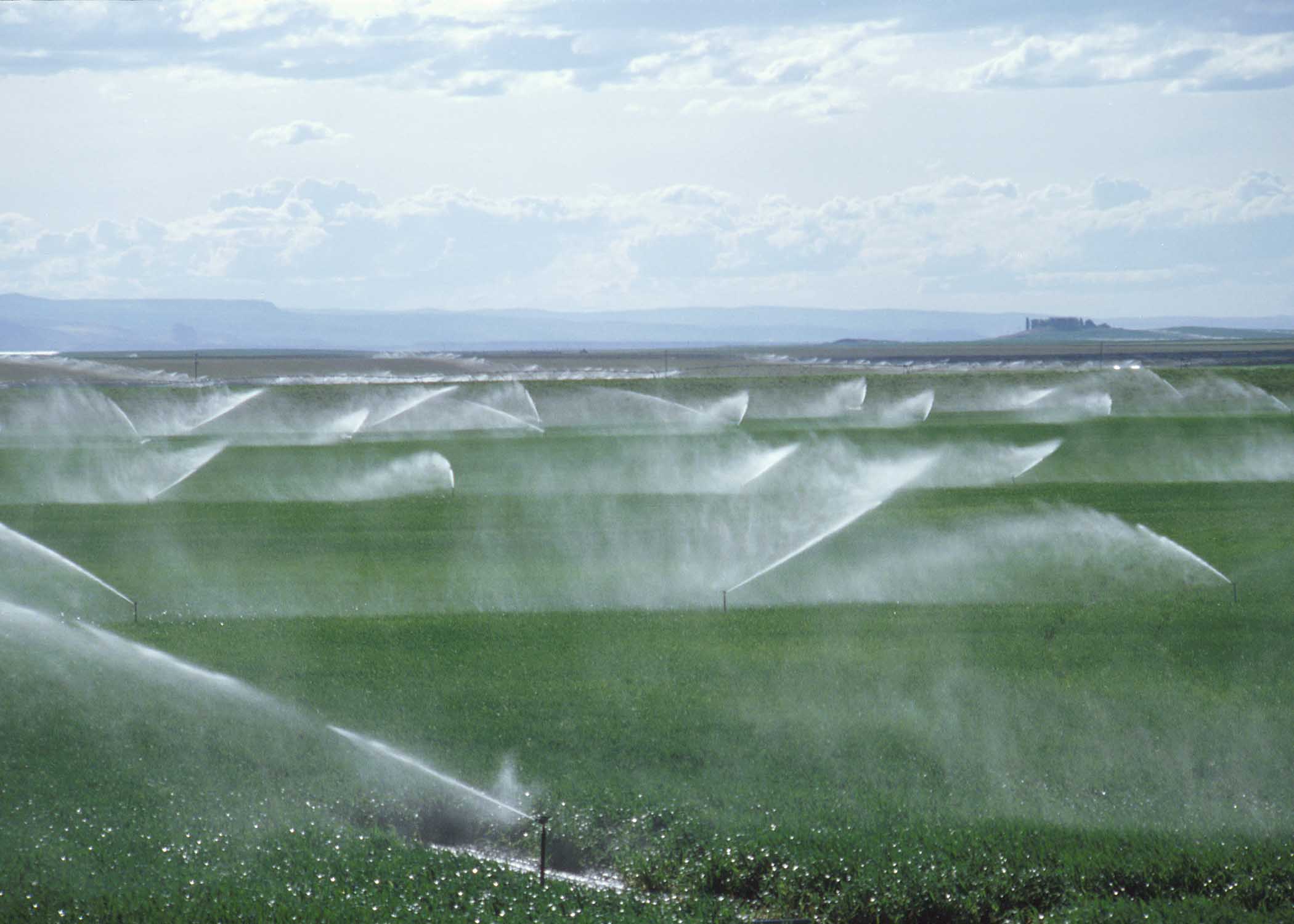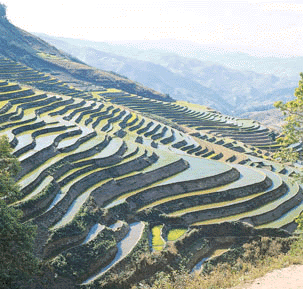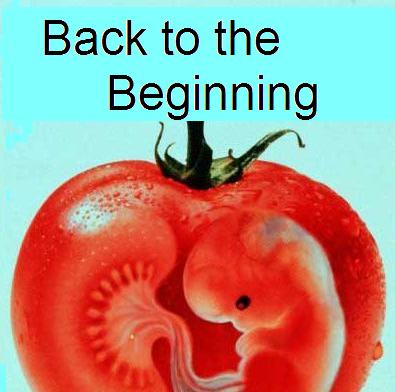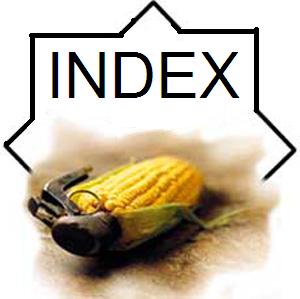Transforming the Landscape: Cyborg Earth
Jonathan Wang '10
After urbanization and warfare, the technology of food has probably been one of the most s ignificant examples of human manipulation of the planet. Agriculture attempts to alter the surface of the Earth to produce crops; irrigation, fertilization, and landscaping all bring a certain plot of land closer to an ideal for farming. Humans attempt to bring the Earth from its natural state into one more conducive for their own survival, and agriculture might be the most significant human effect on this planet since it tries to change the way the Earth operates, attempting to simulate the ideal biomes.
ignificant examples of human manipulation of the planet. Agriculture attempts to alter the surface of the Earth to produce crops; irrigation, fertilization, and landscaping all bring a certain plot of land closer to an ideal for farming. Humans attempt to bring the Earth from its natural state into one more conducive for their own survival, and agriculture might be the most significant human effect on this planet since it tries to change the way the Earth operates, attempting to simulate the ideal biomes.
Humans have attached artificial veins and circulation systems in the Earth, rerouting water, nutrients, and p roducts from their places of abundance to the places of deficiency. The normally semiarid land and relatively nutrient poor soil in some parts of California, for example, has been transformed into an agricultural wonderland through extensive irrigation networks that bring water from enormous reservoirs to hidden villas. Where unchecked monocultures sap the land of its nitrogen, the Haber-Bosch process brings it artificial infusions of the precious element, hooking portions of the Earth on a sort of drug. Ironically, this process was developed in Germany as a means of producing a toxic gas for ease of executing people; now it is a key method for providing life to billions, and uncontrolled use actually damages the Earth. The vast food networks that carry crops from one place to another also serve as a sort of circulation system; people do not need to rely on local, more fickle supplies when they utilize expansive, high-tech machines to transport a crop over 1500 miles. The circulation system has become so advanced that people expect the most exotic of fruits in the strangest of times and places, contributing to a significant sense of location independence in food. There are many mechanical instances where the Earth has been modified in the name of food, as well. The terracing projects in the Andean Inca civilization and rice paddies of Southeast Asia give the surface of the Earth a unique, artifical face that reflects the need for efficiency in human survival. These intense projects transmute otherwise unusable land into suddenly arable wonders. Often in the name of cultivating a certain crop, such as rice (which requires flat surfaces to hold the necessary water), terracing evolved as the initial form of monoculture; with the intention of planting many instances of a single crop, the land has been changed and people rely on certain technology.
roducts from their places of abundance to the places of deficiency. The normally semiarid land and relatively nutrient poor soil in some parts of California, for example, has been transformed into an agricultural wonderland through extensive irrigation networks that bring water from enormous reservoirs to hidden villas. Where unchecked monocultures sap the land of its nitrogen, the Haber-Bosch process brings it artificial infusions of the precious element, hooking portions of the Earth on a sort of drug. Ironically, this process was developed in Germany as a means of producing a toxic gas for ease of executing people; now it is a key method for providing life to billions, and uncontrolled use actually damages the Earth. The vast food networks that carry crops from one place to another also serve as a sort of circulation system; people do not need to rely on local, more fickle supplies when they utilize expansive, high-tech machines to transport a crop over 1500 miles. The circulation system has become so advanced that people expect the most exotic of fruits in the strangest of times and places, contributing to a significant sense of location independence in food. There are many mechanical instances where the Earth has been modified in the name of food, as well. The terracing projects in the Andean Inca civilization and rice paddies of Southeast Asia give the surface of the Earth a unique, artifical face that reflects the need for efficiency in human survival. These intense projects transmute otherwise unusable land into suddenly arable wonders. Often in the name of cultivating a certain crop, such as rice (which requires flat surfaces to hold the necessary water), terracing evolved as the initial form of monoculture; with the intention of planting many instances of a single crop, the land has been changed and people rely on certain technology.



 ignificant examples of human manipulation of the planet. Agriculture attempts to alter the surface of the Earth to produce crops; irrigation, fertilization, and landscaping all bring a certain plot of land closer to an ideal for farming. Humans attempt to bring the Earth from its natural state into one more conducive for their own survival, and agriculture might be the most significant human effect on this planet since it tries to change the way the Earth operates, attempting to simulate the ideal biomes.
ignificant examples of human manipulation of the planet. Agriculture attempts to alter the surface of the Earth to produce crops; irrigation, fertilization, and landscaping all bring a certain plot of land closer to an ideal for farming. Humans attempt to bring the Earth from its natural state into one more conducive for their own survival, and agriculture might be the most significant human effect on this planet since it tries to change the way the Earth operates, attempting to simulate the ideal biomes. roducts from their places of abundance to the places of deficiency. The normally semiarid land and relatively nutrient poor soil in some parts of California, for example, has been transformed into an agricultural wonderland through extensive irrigation networks that bring water from enormous reservoirs to hidden villas. Where unchecked
roducts from their places of abundance to the places of deficiency. The normally semiarid land and relatively nutrient poor soil in some parts of California, for example, has been transformed into an agricultural wonderland through extensive irrigation networks that bring water from enormous reservoirs to hidden villas. Where unchecked 

